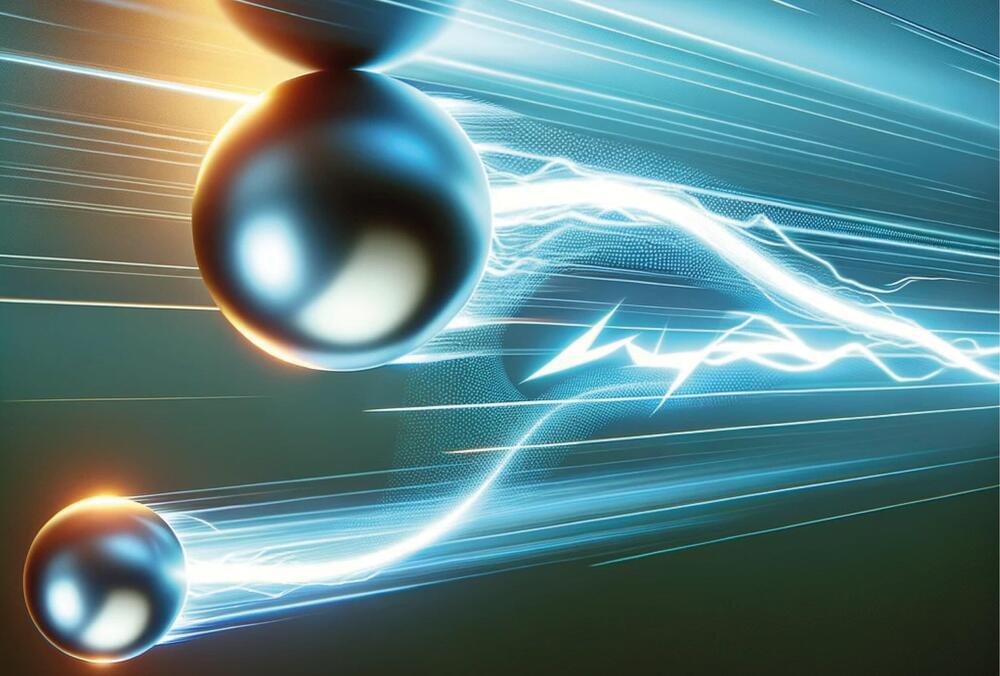A research team led by the Paul Scherrer Institute has spectroscopically observed the fractionalization of electronic charge in an iron-based metallic ferromagnet. Experimental observation of the phenomenon is not only of fundamental importance. Since it appears in an alloy of common metals at accessible temperatures, it holds potential for future exploitation in electronic devices. The discovery is published in the journal Nature.
Basic quantum mechanics tells us that the fundamental unit of charge is unbreakable: the electron charge is quantized. Yet, we have come to understand that exceptions exist. In some situations, electrons arrange themselves collectively as if they were split into independent entities, each possessing a fraction of the charge.
The fact that charge can be fractionalized is not new: it has been observed experimentally since the early 1980s with the Fractional Quantum Hall Effect. In this, the conductance of a system in which electrons are confined to a two-dimensional plane is observed to be quantized in fractional—rather than integer—units of charge.
